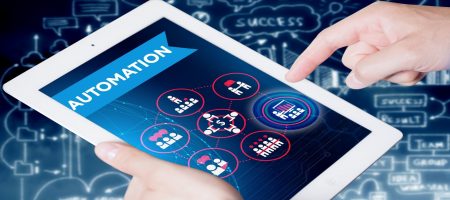US GAAP ACCOUNTING PRINCIPLES
Generally Accepted Accounting Principles is the full form of GAAP. It means a collective set of accounting standards, procedures, and principles that companies should follow while confirming their financial statements. It is the commonly approved way of reporting and recording accounting information. In simple words, GAAP improves the transparency of the statement of financial communication.
GAAP should be followed when the company sends its financial statements outside the company. GAAP covers some important things like outstanding share measurements, balance sheet item classification and revenue recognition. The investors should remain cautious if in case they find the financial report is not in line with GAAP.
How US GAAP Accounting Techniques at Sierra Infosys Inc Helps to Plan Ahead?
GAAP serves as the financial crystal ball: Companies making use of GAAP should prepare their reports with the same figures and methods every time. It offers an exact picture of the revenue to predict and identify cash flow trends every time.
Avoid fraud and reduce risks by focusing on hard stuff: GAAP forces to think about other issues like why you are not able to hit sales expectations. It gives the information you require to identify gaps in earning capacities, mistakes you need to clean and collection issues.
Find out areas for competitive analysis and improvement: With GAAP, you can easily compare your performance with your competitors or other companies. You can easily find out the areas that changes can be done.
If you know the value of these benefits and looking to switch to GAAP, here is the right time to start on to it. Get in touch with Sierra Infosys Inc for more details.






